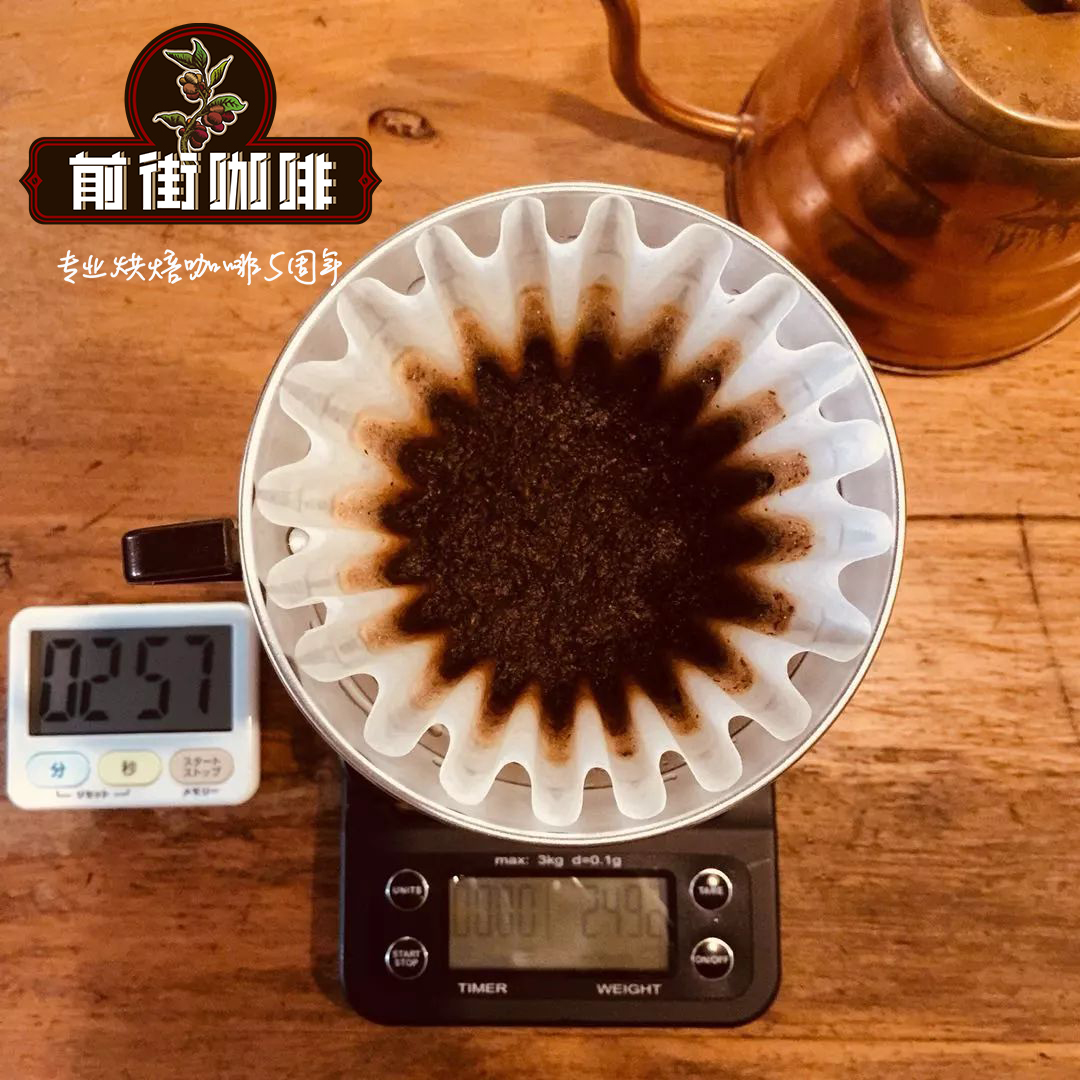Which are the main ingredients in high-quality coffee beans?

Professional coffee knowledge exchange more coffee bean information please follow the coffee workshop (Wechat official account cafe_style)
Qianjie-brief introduction of Arabica Coffee beans and ingredients
Coffee beans are the essence of a cup of coffee, the quality of coffee beans is not ideal, even if there are how advanced coffee machine or how professional baristas, the coffee produced will not be of high quality. If you want to know how to make a good cup of coffee, you must first understand the variety of coffee beans. Coffee beans can be roughly divided into three varieties: Arabica, Robusta and Liberica.
In fact, there are as many as 40 species of plants belonging to the coffee family, but only the above three species are used for commercial purposes. These three varieties of coffee beans have their own characteristics and can also be roasted to different degrees to meet their taste needs.
Arabica coffee beans, which originated in the Ethiopian plateau, were originally eaten as medicine and formed the habit of baking in the 13th century. They were introduced into Europe from Arabia in the 16th century and became a favorite of Europeans. Then it followed in the footsteps of the European colonists and became one of the most popular drinks in the world. At present, Arabica accounts for about 59% of the global coffee bean production, which can be said to be the most popular coffee bean species in the world.
Arabica coffee beans have a mild taste, high sour taste and aroma, fruity and nutty finish, less sour taste, and low caffeine, so they are the most suitable for direct drinking of all coffee varieties, so most do not need to be mixed with other coffee beans to make coffee.
The only drawback is that because this bean species does not have much resistance to leaf rust, the greatest enemy of coffee trees, it can only be planted on the plateau, and its adaptability to the environment is relatively low, so the farming cost and market price are also relatively high. The main countries that produce Arabica coffee beans are Brazil, Colombia, Kenya, Ethiopia and so on. In terms of appearance, Arabica beans are flat and oval.
The flavor and aroma of coffee will be developed during roasting, and the aroma compounds will be transformed by many chemical reactions in raw coffee beans.
The degradation of monosaccharides and polysaccharides during baking will produce sweetness and caramelized aroma. On the contrary, the degradation of hydroxycinnamic acid (a phenolic compound) produces the aroma of spices. Hydroxyl amino acids such as threonine and serine are converted into volatile compounds called pyrazine and pyrrole, which produce the unique smell of coffee roasting.
But what does all this have to do with how to deal with it? The treatment will affect the chemicals released from the raw beans when they enter the roaster, thus affecting the aroma of the coffee produced by roasting.
How does the treatment affect the chemical composition of coffee?
Coffee fruit usually has two seeds, the periphery of which is covered by endocarp and pectin layer, and the outer layer has pulp and peel, while the pulp of coffee fruit itself contains a lot of sugar. Treatment is simply the method of removing seeds from the fruit. There are different traditional and innovative methods around the world, but coffee is usually treated by sun exposure or washing. When using sun treatment, coffee will be directly exposed to the sun with belt meat. Washing will remove the pulp and peel before drying, while honey treatment is somewhere in between, that is, remove the pulp and peel of coffee before drying, but retain some pectin for treatment.
Treatment has an effect on flavor and aroma because of changes in sugar in the flesh left on sun-or honey-treated coffee which significantly changes the chemical composition of raw beans. These changes will be reflected in the sweetness and mellow thickness of the final drink in the coffee. Let's take a closer look at what happens.
Knowledge expansion: caffeine accounts for 0.9% Mel 1.4% in Arabica: Carneflari usually accounts for 2%, more than 3% in more cases
In short: Qianjie is a coffee research hall, happy to share the knowledge about coffee with you, we share unreservedly just to make more friends fall in love with coffee, and there will be three low-discount coffee activities every month. The reason is that Qianjie wants to make more friends drink the best coffee at the lowest price, which has been Qianjie's tenet for 6 years!
END
Important Notice :
前街咖啡 FrontStreet Coffee has moved to new addredd:
FrontStreet Coffee Address: 315,Donghua East Road,GuangZhou
Tel:020 38364473
- Prev

What are the derivatives of coffee beans? what are the main ingredients of coffee beans? what are their functions?
Professional coffee knowledge exchange more coffee bean information please follow the coffee workshop (Wechat official account cafe_style) front street-coffee bean species, ingredients brief introduction of coffee bean varieties which Arabica species (Arabica) Arabica species of origin in the Ethiopian plateau, originally used as medicine, in the 13th century formed the habit of baking, until the 16th century introduced through Arabia
- Next

A brief introduction to the types and producing areas of Coffee beans the main components and functions of Coffee
Professional coffee knowledge exchange more coffee bean information please follow the coffee workshop (Wechat official account cafe_style) front street-Arabica coffee beans, ingredients introduction Coffee tree is the Rubiaceae coffee genus flowering plants, there are about 120 species, ranging from small shrubs to 18 meters tall trees. Wild coffee species grow irregularly in the tropics, and people continue to send them.
Related
- Beginners will see the "Coffee pull flower" guide!
- What is the difference between ice blog purified milk and ordinary milk coffee?
- Why is the Philippines the largest producer of crops in Liberia?
- For coffee extraction, should the fine powder be retained?
- How does extracted espresso fill pressed powder? How much strength does it take to press the powder?
- How to make jasmine cold extract coffee? Is the jasmine + latte good?
- Will this little toy really make the coffee taste better? How does Lily Drip affect coffee extraction?
- Will the action of slapping the filter cup also affect coffee extraction?
- What's the difference between powder-to-water ratio and powder-to-liquid ratio?
- What is the Ethiopian local species? What does it have to do with Heirloom native species?

